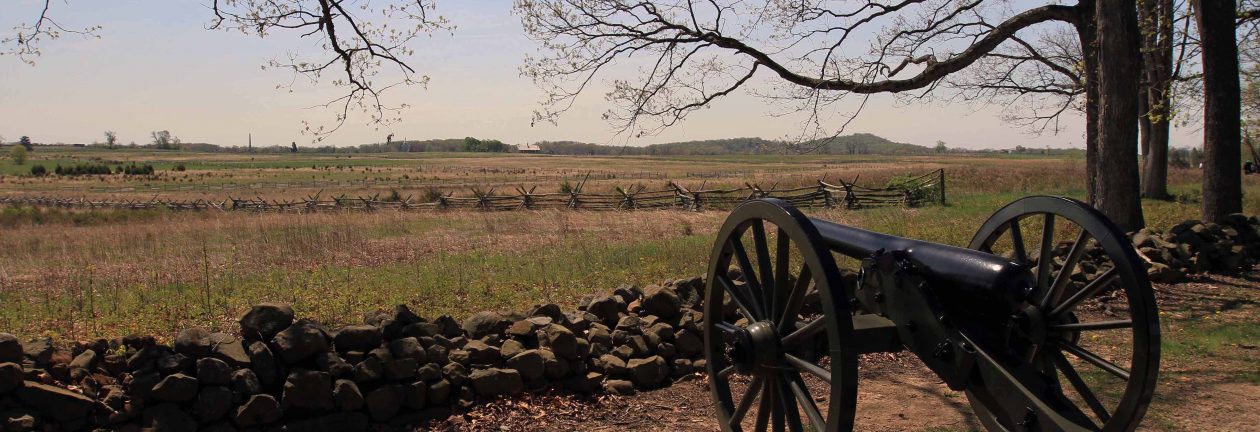Florence, Italy
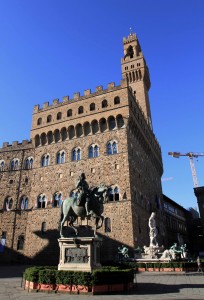
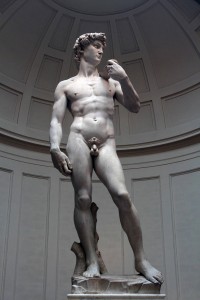
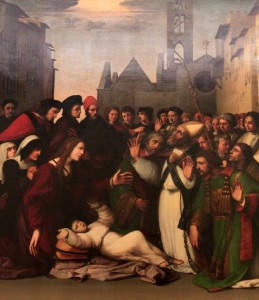
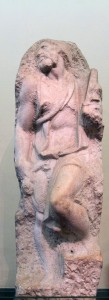
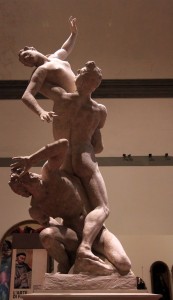
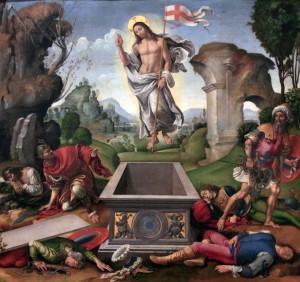
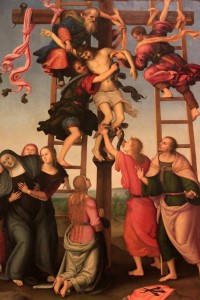
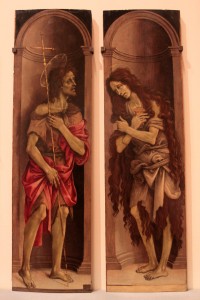
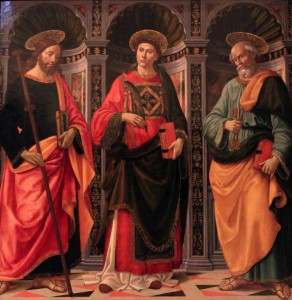
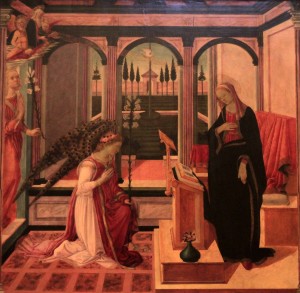
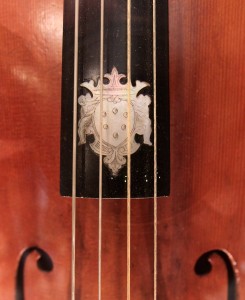
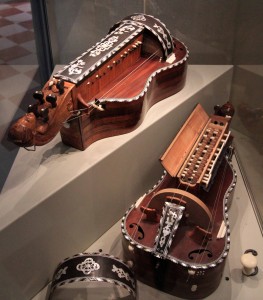
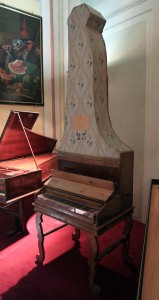
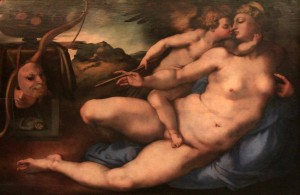
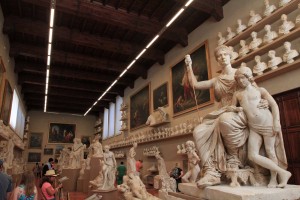
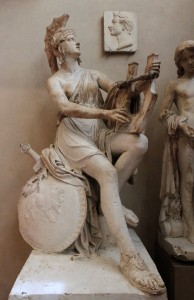
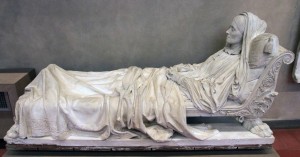
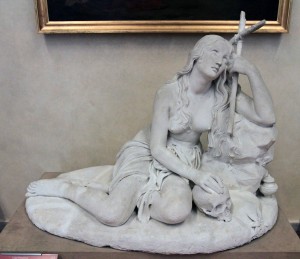
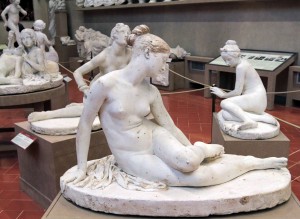
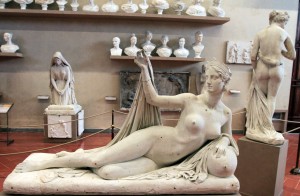
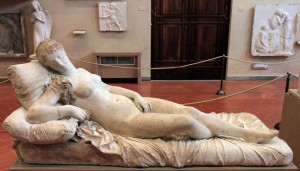
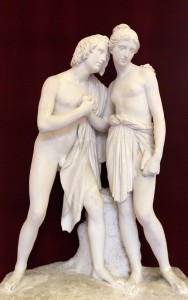
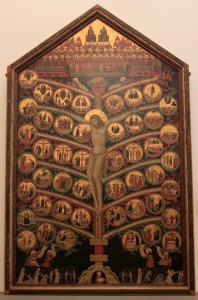
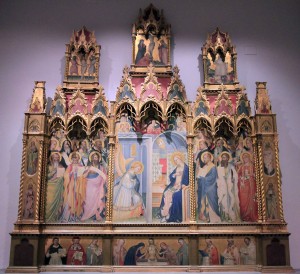
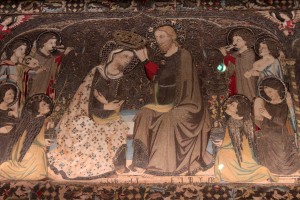
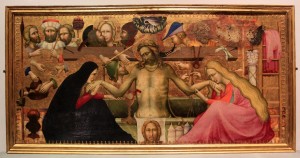
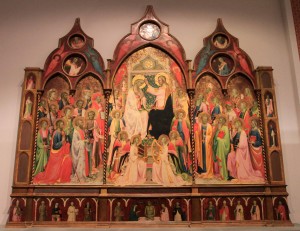
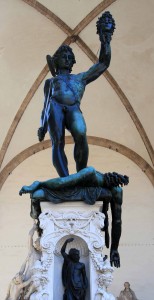
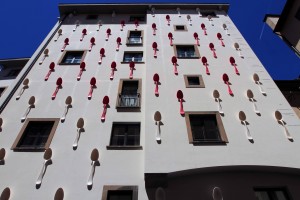
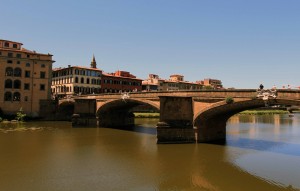
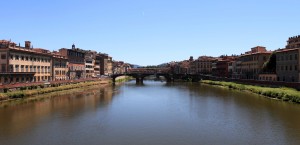
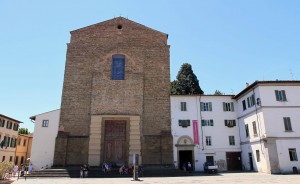
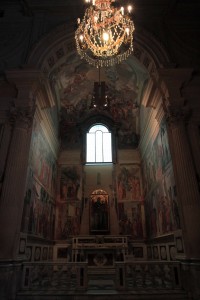
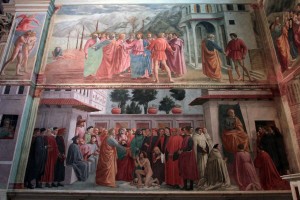
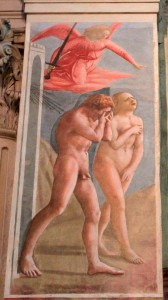
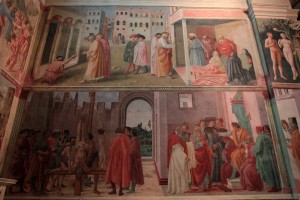
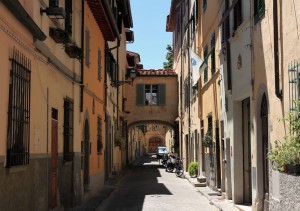
I woke up today at 06:40, showered, dressed, and got ready to see the relatively crowd-free streets of Florence. I walked out to Ponte Vecciho Bridge and then to the Palazzo Vecchio, where I too some pictures. I then walked to the Plazza della Repubblica and to the Florence Cathedral and its campanile to take some more pictures (mostly selfies with my tripod) before heading on to the Galleria dell’ Academia, reaching it by 08:00. I then waited in line to enter the Galleria, unfortunately it would not open until 09:55 due to a staff meeting, but since the line was already long and few people were leaving it, I decided to stick it out and stay for nearly two hours before it opened. In the meantime, I read some of Casanova’s Memoirs to amuse myself. Finally, the doors opened at 09:55 and the line started sifting in. When I finally made it to the ticket booth, I bought my ticket, entered inside, and walked directly to Michelangelo’s ‘David’, the star attraction inside the Galleria. ‘David’ was magnificent, tall, and beautiful to behold (very well done). After taking many photographs of the statue, I returned to the first room of the Galleria and began to digest the various paintings and sculptures on display. I then walked to a section of the Galleria dedicated to musical instruments (mostly from the sixteenth- and seventeenth-centuries AD, with some odd pieces on display); I then returned to the main part of the Galleria, continued to look around, and viewed a special exhibition of art on St. Francis. Next, I walked through, back to where ‘David’ and several paintings were, before continuing on to a room with many sculptures and plaster models. Then, I walked through a couple more rooms before heading upstairs to see the remaining artworks in the gallery (many of which were fourteenth-century AD triptychs and the like). After about two hours, I had finished touring the Galleria Academia and I exited the museum. Overall, it was a relatively (by Florentine standards) small museum. I then walked southward, crossed the Arno River, and made my way to the Chiesa di Santa Maria del Carmine, a church of the Carmelite Order that is famous for having the Brancacci Chapel. I reached the church and then entered inside the museum area in the cloister adjacent to the church. I walked around the cloister, entered inside the Room of the Last Supper (which has a fresco of the Last Supper on its wall that was painted by Alessandro Allori in 1582 AD), and then entered in to the Brancacci Chapel within the church (though the rest of the church was closed (roped off) for visitors, so I could only see so much of the actual interior of the church). Construction of the chapel was commissioned by Pietro Brancacci and begun in 1386 AD; later, Felice Brancacci, a wealthy merchant, commissioned the decoration of the chapel in 1423 AD and he hired Masolino da Panicale to paint his chapel; Masolino’s associate, a 21-year-old named Masaccio (18 years younger than Masolino), assisted, but during painting Masolino left to Hungary, where he was painter to the king, and the commission was given to Masaccio; by the time Masolino returned he was learning from his talented former student; however, Masaccio was called to Rome before he could finish the chapel, and died in Rome at the age of 27; later on (1481-1483 AD), portions of the chapel were restored and completed by Filippino Lippi. Masaccio’s application of scientific perspective, unified lighting, use of chiaroscuro, and skill in rendering the figures naturalistically established new traditions in Renaissance Florence that some scholars credit with helping to found the new Renaissance style. I was glad to see the fresco depicting the expulsion from the Garden of Eden – a painting I was very familiar with from Art History back in high school. After spending a great deal of time viewing the Chapel and its historically important frescoes, I exited the church and walked back to the hostel. On the way back to the hostel, I stopped at Gusta Pizza (a renowned pizzeria in Florence for its cheap and purportedly great pizzas) and ordered a Napoli pizza (anchovies, capers, and oregano), which I then brought back to the hostel. I ate the pizza (it was okay, not that great, and the best thing about it was the use of fresh cracked black pepper; of course, compared to most places in Florence, it was cheap – so I understand its popularity, especially amongst the young tourists). After eating my pizza, I ended up taking an afternoon nap, sleeping for over two hours and waking up after 16:00. After wasting some time reading up on current events, I got to work going through my photographs and typing away on my digital journal (I had gotten far behind due to the long days in Italy – there is a lot to see in this country and doing so easily takes up one’s entire day and leaves you exhausted at the end). Later on, I worked in the common room and talked with the Russian guy, a Dutch woman, a Belgian man, two Turkish men, some others, and the owner. Everyone except the owner and I were going out for food and then to the Piazzale Michelangelo to watch the sunset; I would’ve liked to join them, but chose work instead. Before they left, the Russian poured everyone a cup of limoncello and we all drank it down. Later on, I went out to grab some more cash from an ATM, as well as dinner. For convenience – not taste -, I returned to Gusta Pizza and bought a bottle of their house wine and a pizza with cherry tomatoes, arugula, and parmesan. I brought the wine and pizza back with me to the hostel and consumed my late-night dinner (it was around 23:00 at this point). The Gusta Tuscany red wine I had bought was dry and tannic and tasted of blackberries and black cherries – like their pizza, it was okay. I then went on working, this time to opera music, which the hostel owner seemed to enjoy, since he would sing along with the Italian classics anytime he happened to be in the room. I worked late and typed out quite a bit, but I was still behind and would be for days to come. I finally went to sleep around 02:00.
